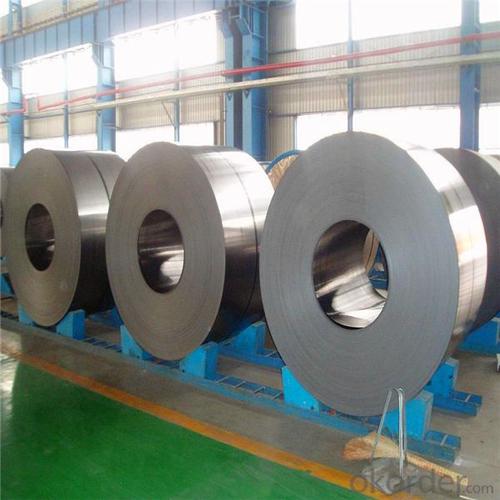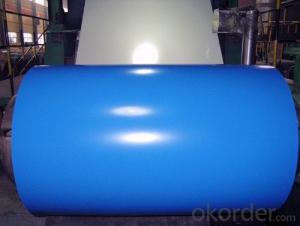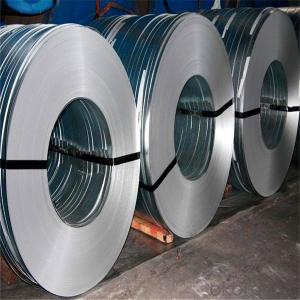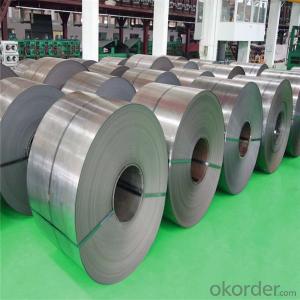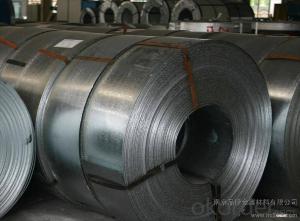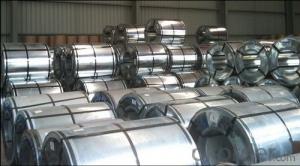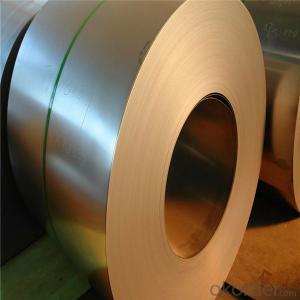Prime Cold Rolled Steel Sheet in Coil/China Supplier
- Loading Port:
- China main port
- Payment Terms:
- TT OR LC
- Min Order Qty:
- 10 m.t.
- Supply Capability:
- 10000 m.t./month
OKorder Service Pledge
OKorder Financial Service
You Might Also Like
Specification
PRODUCT DESCRIPTION
Cold Rolled Steel Coil
1. Width: 700~1500mm
2. Thickness: 0.18~1.80mm
3. Grade: JIS G3141-SPCC-1B, SPCC-1D
4. Coil Weight: 3~14MT
5. Coil ID: 508mm/610mm
6. Surface: Dull Finish/Bright Finish
7. Oil: Slight Oiled
8. MOQ: 10MT or by negotiation
With the professional produce lines, we can manufacture the best quality with competitive price !PRODUCT IMAGE
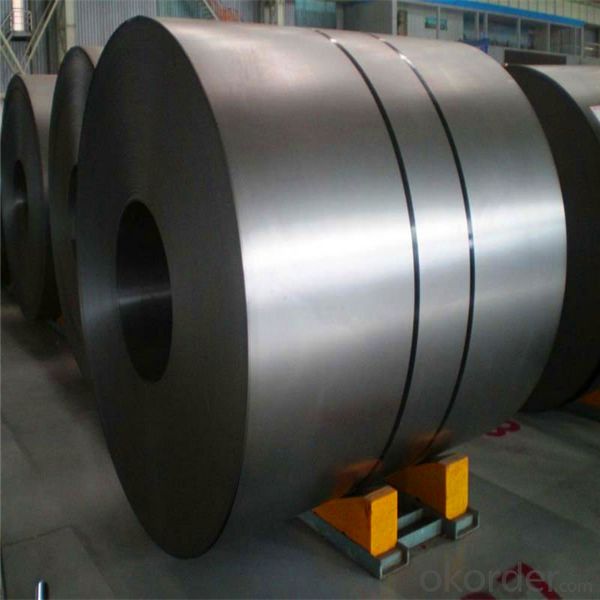
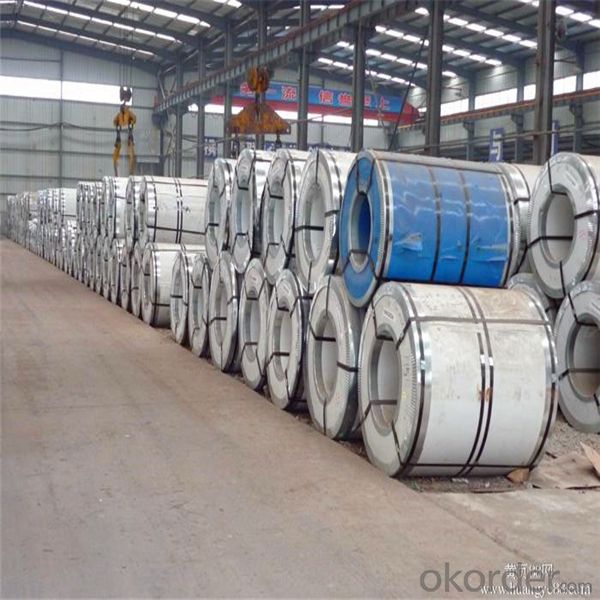
PRODUCTION PROCESS
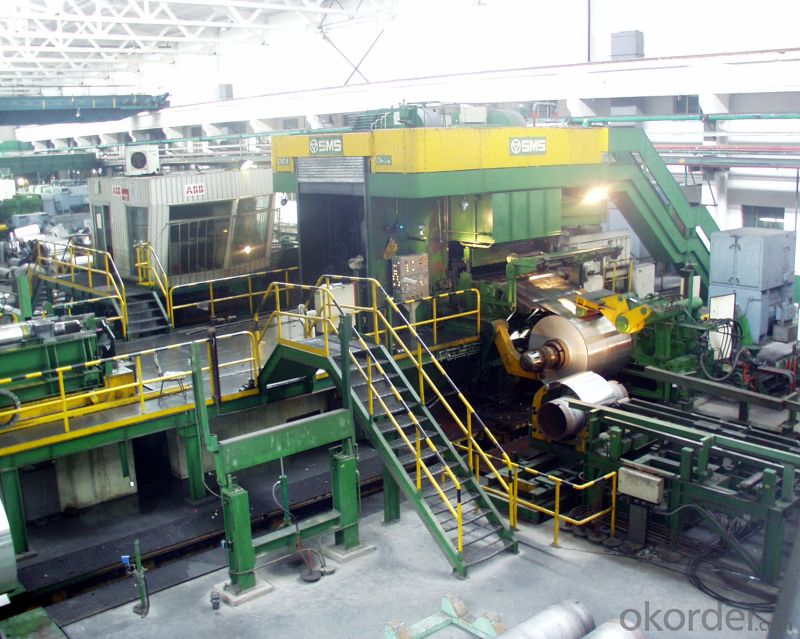
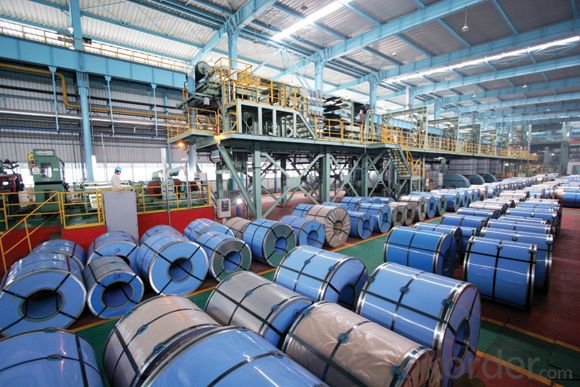
OUR SERVICE
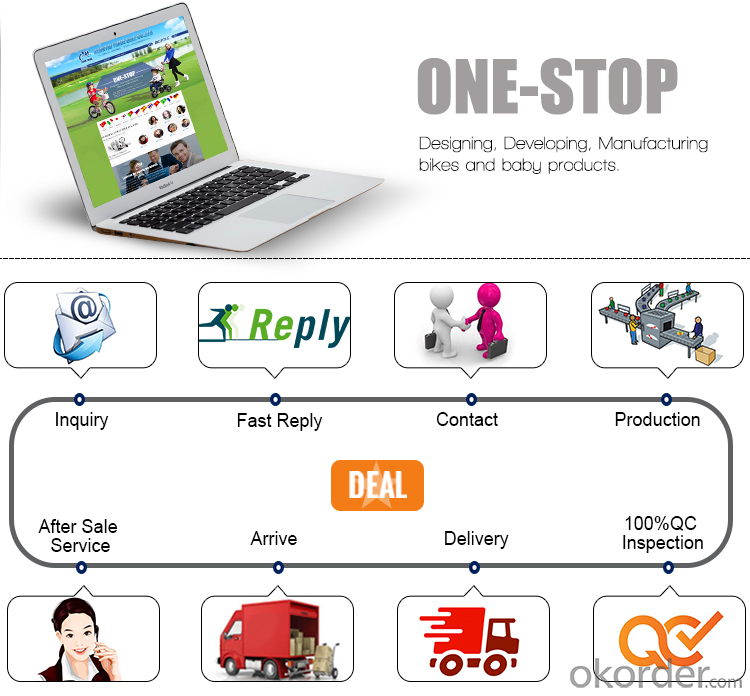
FAQ
1. Q: Where is your company located? How can I visit there?
A: Our company is located in Beijing, China. Welcome to visit us.
2. Q: Can I get sample and how long will it take?
A:Yes. We can supply sample. And you need to pay for courier.
3. Q: What's the MOQ?
A: Our MOQ is 12mt.
4. Q: What's the delivery time?
A: It will take about 30 days after TT or L/C.
5. Q: What is the payment terms?
A: T/T, L/C at sight
6. Q: How does your factory carry out quality control?
A: We attach great importance to quality control.Every part of our products has its own QC.
7. Q: What certificate do you have?
A: We have SGS, ISO9001 etc. Also we can apply any certificate if you need if the qty is OK.
- Q: I'm looking for a good source as to the 'structural formula' of steel. I'm not quite sure if that's what it's actually called, but here's a link to what I'm looking for.
- That's a very good question. What you need to do is run down to your local university and sign up for a undergraduate degree in Civil Engineering and after you finish that (4 to 5 years) then you need to sign up for a masters degree in Structural Engineering (2 to 3 years). Then, get yourself a structural engineering job and in 4 years you will be able to test to become a Professional Engineer. Whew, after that you will get paid very well as a tower designer.
- Q: How are steel coils used in the production of marine vessels?
- Due to their strength, durability, and versatility, steel coils find extensive use in the production of marine vessels. These coils, typically made of high-quality steel, possess the ability to withstand harsh marine environments and resist corrosion. The construction of the hull is one of the primary applications of steel coils in marine vessel production. Welding together steel coils that have been formed into plates creates the hull structure. The coils' strength ensures that the hull can endure the extreme forces and pressures encountered during vessel operation, including rough seas and heavy cargo loads. Furthermore, steel coils are employed in the production of various components and fittings within marine vessels. These coils can be shaped, cut, and formed into different parts like bulkheads, decks, and superstructures. The versatility of steel enables manufacturers to create intricate shapes and structures necessary for the efficient and safe functioning of a marine vessel. Moreover, steel coils are also used for fabricating pipes and tubing systems within marine vessels. These pipes are crucial for tasks such as fluid and fuel transportation, as well as ventilation throughout the vessel. The strength and corrosion resistance of steel coils ensure that these pipes can endure the high pressures and corrosive nature of marine environments. Additionally, steel coils are utilized in the production of marine vessel equipment like winches, cranes, and anchor systems. The components demand a material with high strength that can withstand heavy loads and constant use. Steel coils provide the necessary strength and durability to ensure the reliable performance of these vital equipment. In conclusion, steel coils play a crucial role in the production of marine vessels. Their strength, durability, and versatility make them an ideal material for constructing the hull, manufacturing various components, fabricating piping systems, and creating equipment. The use of steel coils guarantees the safety, efficiency, and longevity of marine vessels, enabling them to navigate the challenging conditions of the open seas.
- Q: The stainless steel drinking fountain had a little acid on it and rusted. I need to restore it. Is this possible?
- Stainless steel doesn't rust, whatever acid you got on it was some pretty bad stuff to make a reaction like that, you can try sanding down past the reaction point and polish it out but that's about it, that or it wasn't stainless to begin with. if its brushed chrome to simulate stainless it would have to be replated, not cheap. and probably not worth it
- Q: I work in a steel foundry 10-12 hours a day where we melt and pour stainless steel tubes. The pour temperature for some of them is very close to the boiling point of stainless steel (about 3800 degrees) because it has to be VERY liquid for the application we use it. Anyway, it does boil a little and we breath in the vapours which I can assure you ARE indeed vapourized stainless steel (it collects and cools on everything and makes a nice shiny coating). Ok, so to the question, does breathing vapourized stainless steel all day pose a health risk such as cancer? Anyone know? I'm just curious.
- you okorder
- Q: What are the common surface defects found in steel coils?
- There are several common surface defects that can be found in steel coils. One of the most common defects is rust or corrosion. This occurs when moisture comes into contact with the steel surface, causing it to oxidize and form rust. Another common defect is scratches or abrasions, which can occur during the handling or transportation of the coils. These can range from minor surface scratches to deeper gouges that can affect the structural integrity of the steel. In addition, there can be surface roughness or unevenness, which can be caused by improper rolling or cooling processes during manufacturing. This can result in an inconsistent surface texture that may impact the appearance and performance of the steel. Another defect is scale, which is a layer of oxide that forms on the surface of the steel during the manufacturing process. This can give the steel a rough and uneven appearance. Finally, there can be oil or grease stains on the surface of the steel, which can occur during the manufacturing or handling process. These stains can affect the adhesion of paints or coatings applied to the steel. Overall, these common surface defects in steel coils can impact the quality, appearance, and performance of the steel, and may require remedial actions such as cleaning, grinding, or recoating to resolve.
- Q: Guitar?I have a steel- string, but prefer nylon.:)
- Steel string. More resonance, better sound quality and control.
- Q: Can steel coils be coated with nickel?
- Yes, steel coils can be coated with nickel.
- Q: They say it's some six times stronger than steel. need some explanation.
- Most importantly, spider silk is extremely lightweight: a strand of spider silk long enough to circle the Earth would weigh less than 500 grams (18 oz). Spider silk is also especially ductile, able to stretch up to 140% of its length without breaking. It can hold its strength below ?40 °C. This gives it a very high toughness (or work to fracture), which equals that of commercial polyaramid (aromatic nylon) filaments, which themselves are benchmarks of modern polymer fiber technology. What this means in regard to what you have heard is that if you compared the tensile strength (type 'tensile strength' on wikipedia if you do not know what it means) of spider silk and a strand of steel at the same thickness, the silk would have a higher tensile strength than many grades of steel, upto that of high grade steel - of which they are about the same.
- Q: How do steel coils contribute to the agricultural industry?
- Steel coils are essential in the agricultural industry as they are used to manufacture various equipment and machinery. From tractors and harvesters to irrigation systems and storage tanks, steel coils provide the necessary strength and durability required for these agricultural applications. Additionally, steel coils are used in the construction of infrastructure like barns, silos, and fences, ensuring the safe storage and protection of crops and livestock. Overall, the use of steel coils in the agricultural industry helps enhance productivity, efficiency, and sustainability in farming operations.
- Q: Can I ever get my classical guitar reinforced so it can have steel strings on it?
- describes the differences in construction of classical nylon string guitars and steel string guitars--like I said, it would involve reconstruction of more than just a neck
Send your message to us
Prime Cold Rolled Steel Sheet in Coil/China Supplier
- Loading Port:
- China main port
- Payment Terms:
- TT OR LC
- Min Order Qty:
- 10 m.t.
- Supply Capability:
- 10000 m.t./month
OKorder Service Pledge
OKorder Financial Service
Similar products
Hot products
Hot Searches
Related keywords


